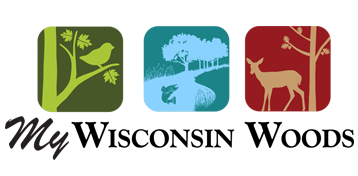
Five Books Every Landowner Should Read
Ready to read this fall? This article highlights five insightful books that offer valuable guidance for landowners looking to better understand and care for their land. From forest ecology and conservation to wildlife and habitat management, these reads provide both inspiration and practical advice for responsible land stewardship.
By Denise Thornton
Our Living Ancestors: The History and Ecology of Old-growth Forests in Wisconsin and Where to Find Them by John Bates, 2019, 336 pages. Find this book at Manitowish River Press.
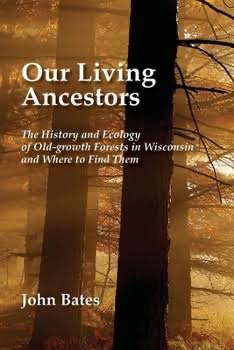
“Old forests live dynamically, and have been naturally changing in large and small ways for thousands of years,” says Bates. “We must also remember that pre-Euro-settlement forests were one snapshot in time, a random picture in the 10,000 year-old photo album of post-glacial forest communities.” Starting with that snapshot, Bates brings us up to date on how Wisconsin’s forests have changed through natural and man-made disturbances — from white-tailed deer, which he calls the forest lawnmower, to windstorms and fire, clear cutting, and earthworms.
Trees reach their biological maturity when their fastest growth potential has peaked. For example, white pines reach maturity around 90 years, but they could continue to grow slowly for up to 400 years more. (Burr oaks can live up to 600 years.) Most of the pines cut during Wisconsin’s clear-cutting period were about 400 years old and some were 500 or more years old, and over 200 feet tall, 10 feet in diameter. Today three-foot diameter pines reaching 140 feet tall are rare.
The second half of the book details the 50 best sites in Wisconsin where we can still experience old-growth forest. Each site includes location and directions, the size, age (if known), current ownership, description, and occasionally, the story of how it was saved. Most of these remaining sites are designated as State Natural Areas.
The Forest Unseen: A Year’s Watch in Nature by David George Haskell, 2013, 288 pages Find this book at Penguin Random House.
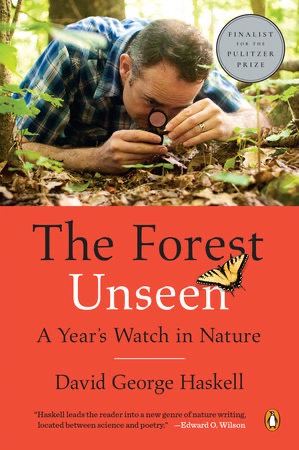
The Forest Unseen: A Year’s Watch in Nature was a finalist for the 2013 Pulitzer Prize in nonfiction, and winner of many other awards. In this book, Haskell studies forest biology by focusing on a circle about a meter in diameter that he selected on a forested slope in southern Tennessee. “My rules are simple: visit often, watching a year circle past; be quiet; keep disturbance to a minimum; no killing, no removal of creatures, no digging in or crawling over. The occasional thoughtful touch is enough. I have no set schedule for visits, but I watch here many times each week.”
Starting on January 1, Haskell takes readers through a year of his astute observations. Though his topic is specific, his perspective as a professor of biology and environmental studies at the University of the South, where he previously served as Director of the Environmental Arts and Humanities Major, mean that he often expands on his observations. When a mosquito lands on his arm, you will end up knowing more about this pesky insect than you ever imagined possible and may find yourself looking at it with new-found understanding.
After reading this book, perhaps there may be some small circle that you will be inspired to set aside for contemplation on your own land.
A Creek Runs Through This Driftless Land: A Farm Family’s Journey Toward a Land Ethic by Richard L. Cates Jr., 2024, 244 pages. Find this book at Little Creek Press.
A Creek Runs Through This Driftless Land: A Farm Family’s Journey Toward a Land Ethic encompasses the experience of four generations learning how to restore a trout creek that had become degraded, as well as bringing the land beside it into healthy balance. “…this becomes a story of listening to and learning from the land and embracing a land ethic: Essentially this means honoring nature’s wisdom and taking personal responsibility for doing the right thing once we recognize what it is.” Cates says in his preface.

Cates integrates his life-long experience with his family on the farm his father bought when Cates was a boy, together with his Ph.D. in soil science and years of academic participation in farming and animal husbandry — all illuminated by the land ethic he absorbed from Aldo Leopold’s A Sand County Almanac. This three-fold perspective creates a read that is heartwarming, informative and inspiring.
Readers join Cates’ exploration on a journey through time, starting with the land’s geological formation to the present and a hopeful glimpse of a future where farming practices are based on the health of the soil and the people it feeds. This book has been reviewed more thoroughly in a previous issue of My Wisconsin Woods.
The Shotgun Conservationist: Why Environmentalists Should Love Hunting by Brant MacDuff, 2023, 256 pages. Find this book at Timber Press.
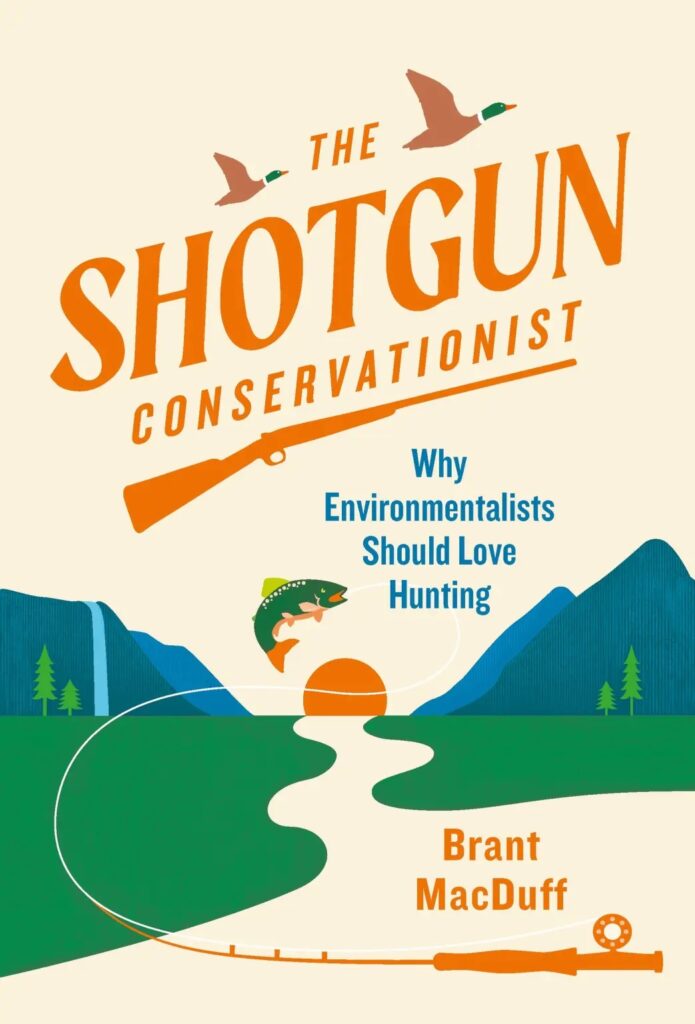
Brant MacDuff is not trying to turn everyone into a hunter with this book. He actually hated hunting for much of his life. “When I set out to look more closely at hunting,” he says in a YouTube interview, “I began to appreciate how modern day hunting is regulated in America, and how the data from hunting makes informed natural habitat decisions possible.”
MacDuff’s book has as much to teach hunters as non-hunters. “Hunters are the minority in our society, and the non-hunting majority are now making the rules about hunting.” He explores not only the ‘how’, but the ‘why’ of hunting — why people hunt and why hunting in valuable.
“I know there are many people who say we should leave animals alone, and they will take care of themselves, as they always have. That might be true on a humanless planet, but humans constantly remove natural habitat to make room for more humans, and you can’t expect the habitat to work the same way when it has been shrunken. Habitat loss is the number one issue for any animal on planet earth.”
“I have never seen any group go to bat for animals and conservation the way I have seen hunters go to bat,” he continues. “When you are boots-on-the-ground involved — you go to work for habitat in a funding and physical way.”
Bees: An Identification and Native Plant Forage Guide by Heather Holm, 2017, 224 pages. Find this book at Pollination Press.
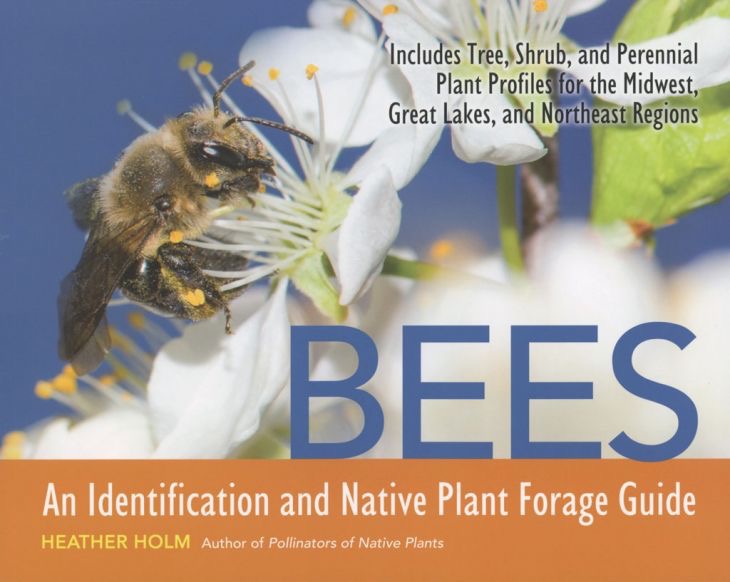
We all know that bees are essential in their role of pollinating plants that humans and other animals depend upon. We also know that bee populations have been declining over recent decades. Bees: An Identification and Native Plant Forage Guide by Heather Holm gives land owners the tools they need to improve habitat for our native bees.
Holm begins by describing bee’s anatomy, and the types of nests different bees find or build, as well as the mechanics of pollination. She then goes into how land owners can make their property more welcoming to bees including: creating habitat corridors so that populations of bees do not become isolated.
A large part of the book is devoted to describing good bee forage that a landowner can encourage or add to the environment. Holm has compiled profiles of a large number of plants, including trees, shrubs and perennial plant profiles for the Midwest, Great Lakes and Northeast Regions of the country. Each profile offers the blooming period with illustrations of the flowers, common bees that they attract, as well as preferred soil type, mature height and sun requirements.
